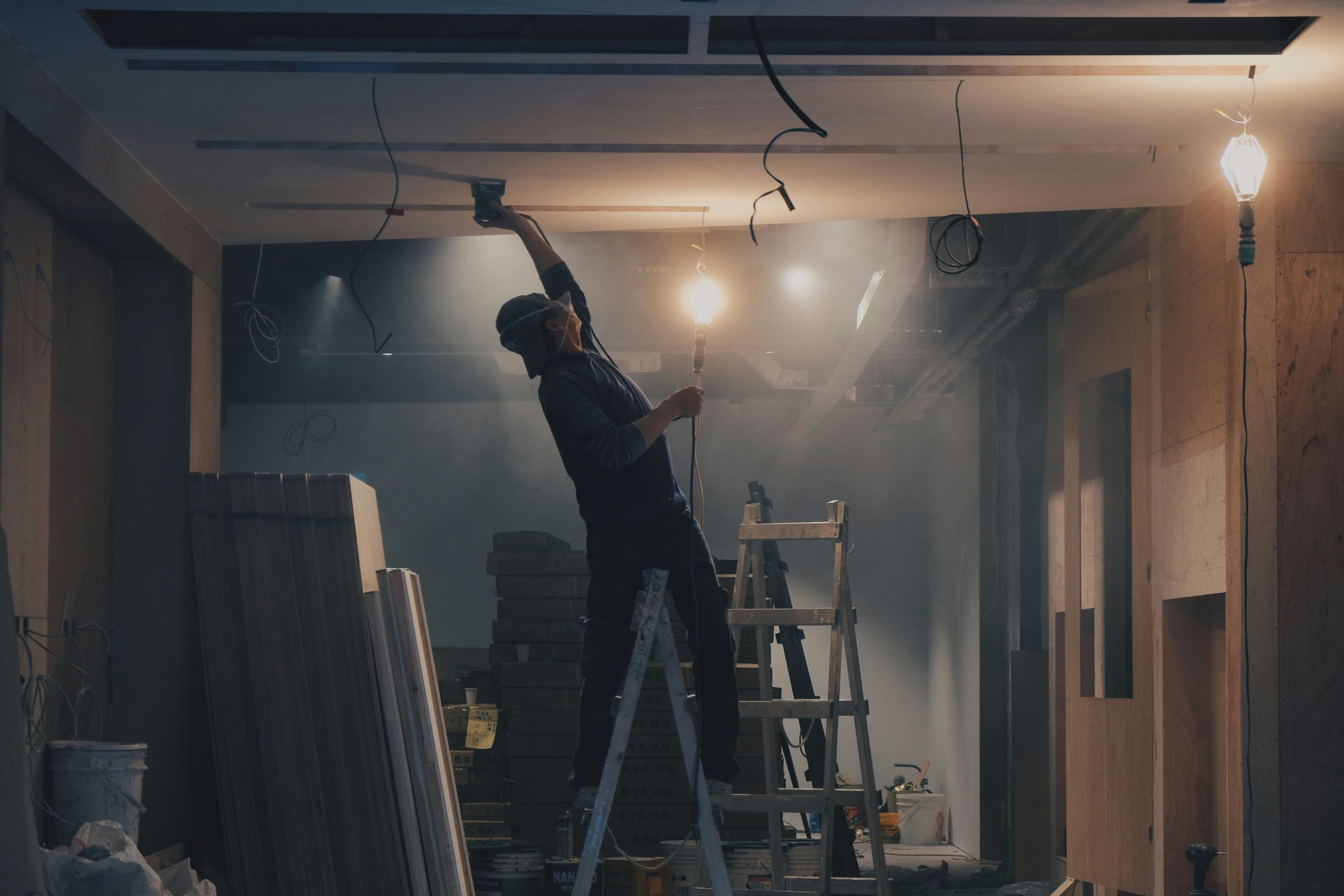Pest infestations in ceilings can cause significant damage and pose health risks if not addressed promptly. Understanding the methods of pest control in ceilings and taking appropriate steps can help maintain a safe and pest-free environment in your home. In this blog post, we will explore various aspects of pest control in ceilings, including identifying infestations, methods to get rid of pests, and preventive measures.
Understanding Pest Infestations in Ceilings
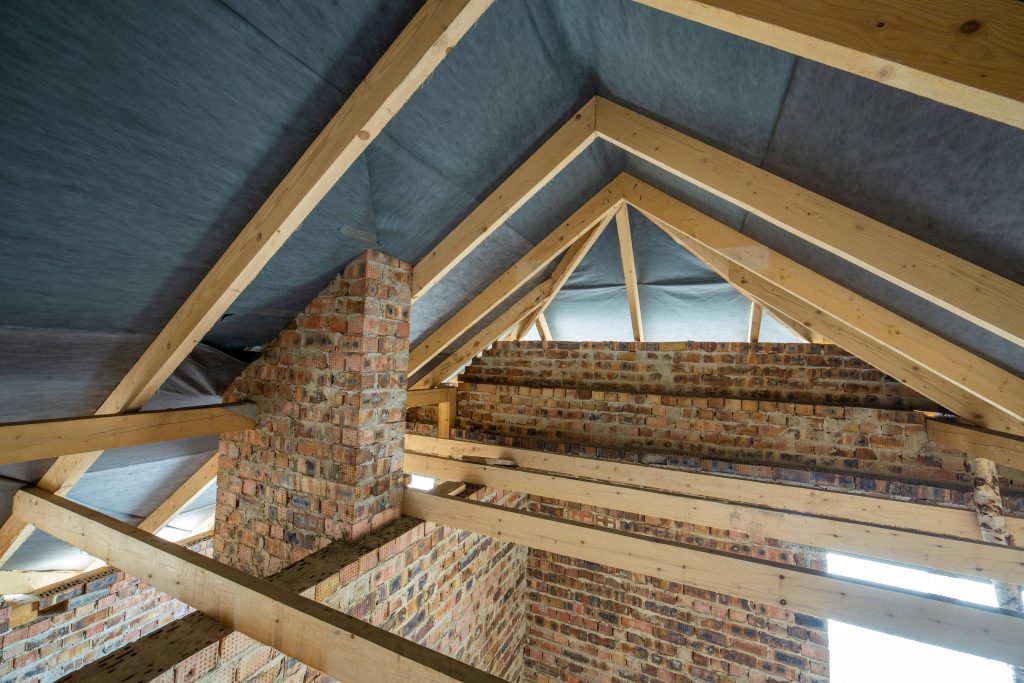
Ceilings are often invaded by pests such as mice, rats, termites, crickets, and various insects. These pests find ceilings to be ideal environments due to their concealment, warmth, and proximity to food sources.
Mice and Rats
Mice and rats can cause severe damage by gnawing on electrical wires and spreading diseases. They are nocturnal and often heard as scratching noises in the ceiling at night.
Termites
Termites in ceilings can lead to structural damage. Termite droppings from ceilings and termite holes in ceilings are clear signs of an infestation.
Signs of Pest Infestations
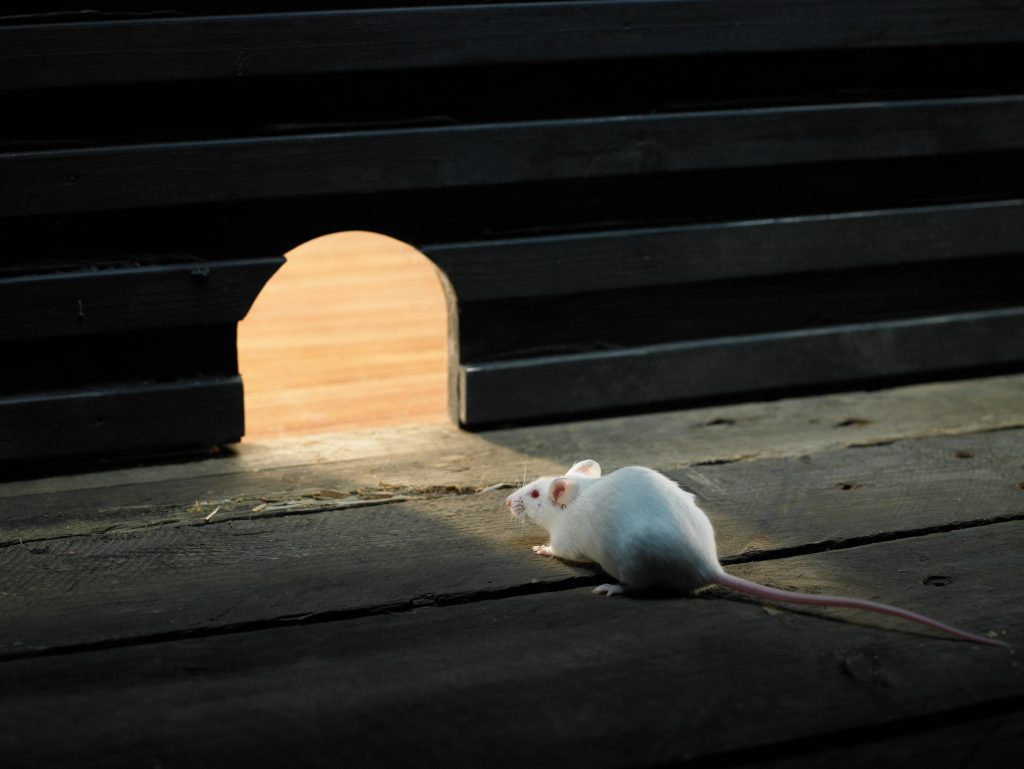
Recognizing the early stage signs of termites in ceilings and other pest activities is crucial for timely intervention. These signs not only indicate an existing infestation but also help in assessing the severity and type of pests present. Early detection can prevent extensive damage and facilitate quicker, more effective pest control measures. Homeowners should be vigilant about unusual noises, droppings, and other telltale signs to initiate prompt action against potential infestations.
Scratching Noise in Ceiling at Night
Hearing scratching noises in the ceiling at night often points to the presence of rodents such as mice or rats. These nocturnal creatures are most active after dark, searching for food and nesting materials. The scratching sounds are usually a result of their movement and gnawing on various structures within the ceiling. If you hear such noises, it is a strong indicator that you may have a rodent infestation that needs immediate attention.
Termite Droppings from Ceiling
Termite droppings from ceilings are small, pellet-like feces that termites excrete while consuming wood. These droppings, also known as frass, are a clear sign of a termite infestation within the ceiling structure. They often appear in small piles and can be found near the exit holes or damaged wood. Detecting these droppings early can help in identifying and addressing the termite problem before it causes significant structural damage.
Termite Exit Holes in Ceiling
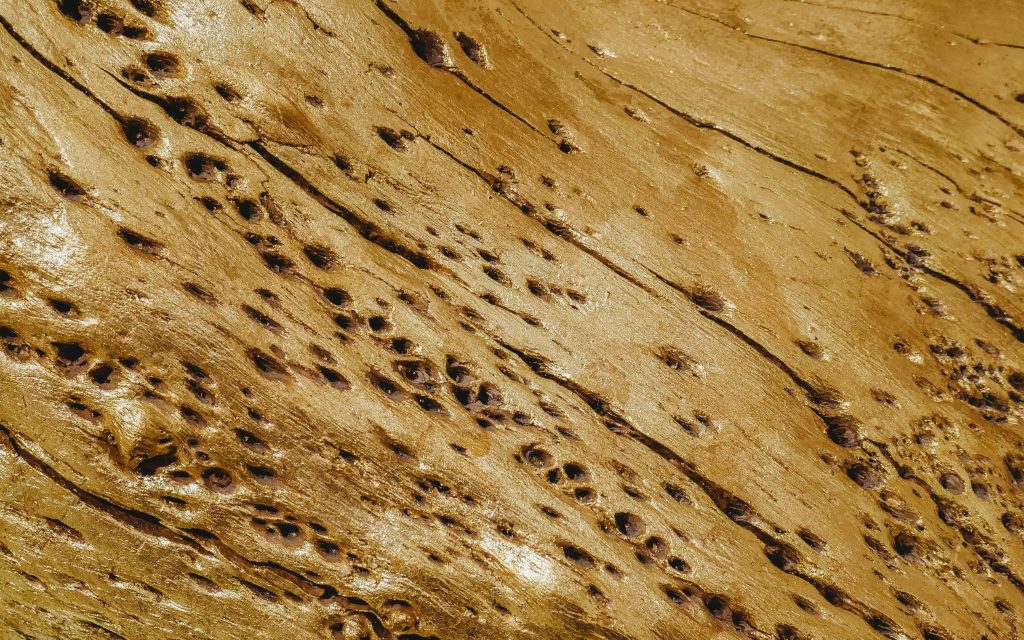
Termite exit holes in ceilings are tiny openings created by termites as they tunnel through the drywall and wooden structures. These holes are typically round and small, often no larger than the diameter of a pencil. They serve as exit points for the termites to dispose of their droppings and to create air ventilation for their colonies. The presence of these holes is a clear indication of an active termite infestation and requires immediate pest control intervention.
Footprints or Droppings
Footprints or droppings are common evidence of mice in ceilings or rats in ceilings. Rodent droppings are small, dark, and often resemble grains of rice, while footprints may be visible in dusty or undisturbed areas. These signs indicate active rodent movement and nesting within the ceiling spaces.
How to Get Rid of Mice in Walls and Ceilings
Getting rid of mice in ceilings requires a comprehensive approach to effectively eliminate the infestation and prevent future occurrences. Mice can cause significant damage to a home’s structure and pose health risks due to their droppings and potential to spread diseases. Addressing this issue involves several key steps, from identifying how mice are entering the home to employing both DIY methods and professional pest control services.
Identify Entry Points
The first step in getting rid of mice in walls and ceilings is to identify entry points. Mice are incredibly adept at squeezing through very small openings, sometimes as tiny as a dime. Inspect your home thoroughly, focusing on potential entry points around the foundation, doors, windows, and any utility lines that enter the home.
Set Mice Traps
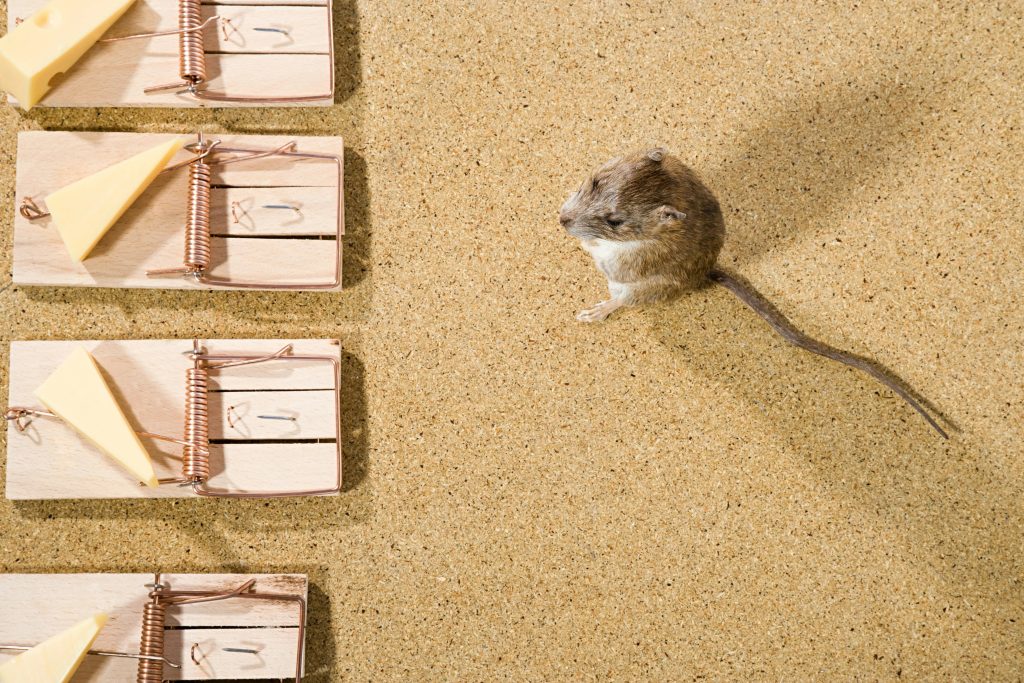
Once entry points have been identified, the next step is to set mouse traps in areas where mice activity is suspected. Snap traps are highly effective and should be placed along the walls and ceilings where evidence of mice, such as droppings or gnaw marks, has been found. These traps should be checked and reset regularly until no more mice are caught.
Seal Entry Points
After identifying and addressing immediate mouse activity with traps, it is essential to seal entry points to prevent future infestations. Materials like steel wool are particularly effective because mice cannot chew through them. Seal all identified entry points thoroughly, ensuring that even the smallest gaps are covered.
How to Get Rid of Rats in Walls and Ceilings
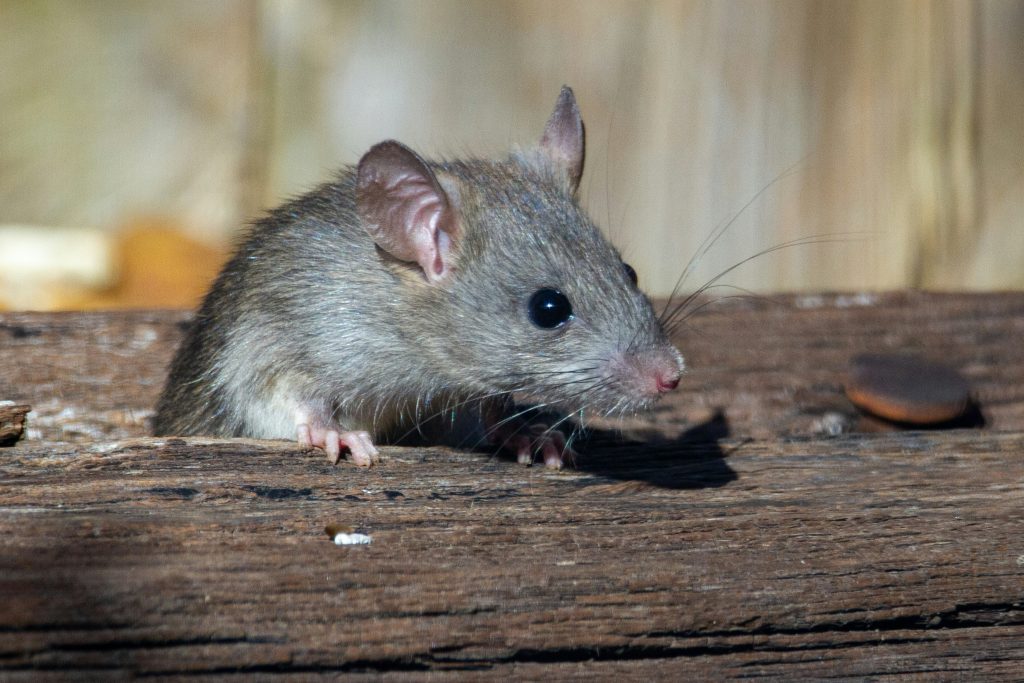
Rats are more challenging to deal with due to their size, intelligence, and ability to cause extensive damage. Their presence in walls and ceilings can lead to structural issues, contamination, and health risks. Effectively eliminating rats requires a strategic and comprehensive approach that combines several methods to ensure complete eradication and prevent future infestations.
Rat Traps and Baits
Using a combination of traps and bait stations is essential for tackling a rat infestation in ceilings. Snap traps, live traps, and bait stations should be strategically placed in areas where rat activity is suspected. The combination of traps ensures that various rat behaviors are accounted for, increasing the chances of catching and eliminating them.
Exclude Entry Points
To prevent rats from entering or re-entering your home, it is crucial to seal all possible entry points. Rats can squeeze through surprisingly small openings, so a thorough inspection of the exterior of your home is necessary. Seal gaps around doors, windows, utility lines, and vents with durable materials like steel wool, caulk, and hardware cloth.
Regular Monitoring
Regular monitoring is key to maintaining a rat-free environment. After setting traps and sealing entry points, continuously check for signs of rat activity, such as droppings, gnaw marks, and tracks. Maintain and reset traps as needed, and be vigilant about any new signs of infestation. Regular monitoring helps to quickly address any resurgence of rat activity and ensures that your control measures remain effective.
How to Get Rid of Termites in Walls and Ceilings
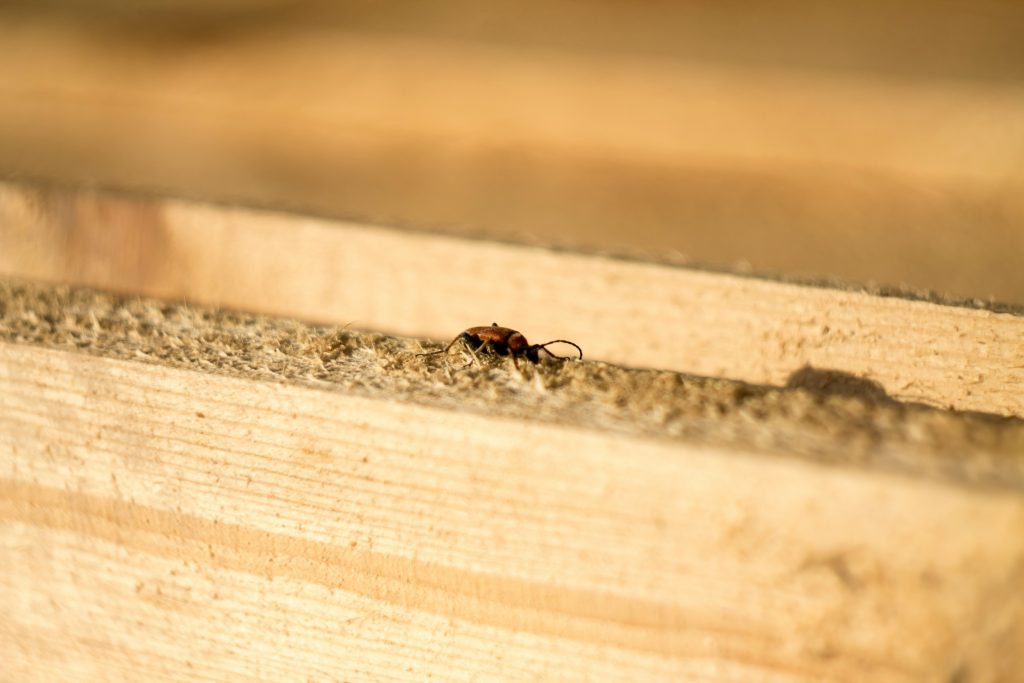
Termites in ceilings require immediate attention to prevent extensive damage. These pests can compromise the structural integrity of your home by feeding on wood and other cellulose materials. A comprehensive approach, including inspection and targeted treatments, is necessary to effectively eliminate termites and protect your home from future infestations.
Termite Inspection
The first step in dealing with termites in walls and ceilings is a thorough inspection. Look for signs of termites in attics and ceilings, such as damaged wood, termite droppings, and small, round termite exit holes in ceilings. These holes are often the first visible indication of an infestation, as termites create them to expel waste and create ventilation.
Additionally, inspect any areas where there is moisture or wood-to-ground contact, as these conditions are highly attractive to termites. Regular inspections can help detect termite activity early, making it easier to address before significant damage occurs.
Termite Treatments
Once an infestation is confirmed, use termite-specific treatments to target the colonies. These treatments can include liquid termiticides, termite baits, and wood treatments. Liquid termiticides are applied to the soil around the home to create a barrier that kills termites on contact.
Termite baits, on the other hand, are placed strategically around the property and attract termites to a poison that they carry back to the colony, effectively eliminating it. Wood treatments can be applied directly to affected areas to kill termites and protect the wood from future infestations.
Preventive Measures for Pests in Ceilings
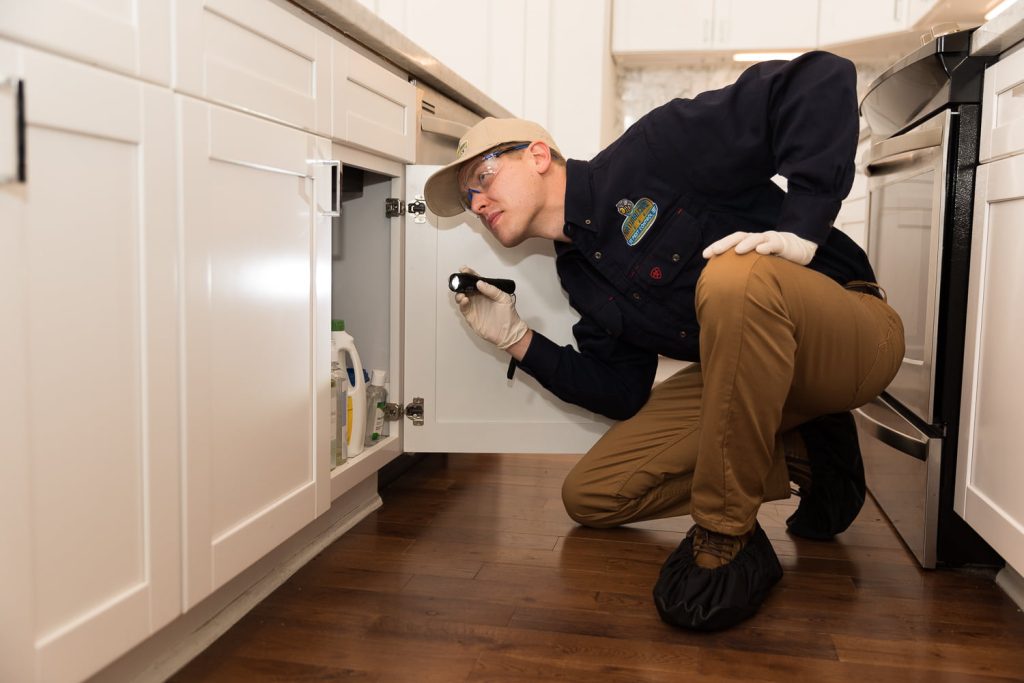
Implementing preventive measures is crucial for maintaining a pest-free environment in your home’s ceilings. Proactive steps can significantly reduce the risk of infestations and ensure early detection, which is key to preventing extensive damage and health hazards. Here’s how to prevent pests from infiltrating your ceilings:
Routine Inspections
Regular inspections are essential for detecting early stage signs of termites in ceilings and other pests before they become significant problems. By routinely checking for droppings, gnaw marks, and structural damage, homeowners can identify potential infestations early and take swift action.
Seal Cracks and Gaps

Sealing all cracks and gaps in the structure of your home is vital for preventing pests from gaining access. Mice, rats, and insects can enter through even the smallest openings. Use durable materials like caulk, steel wool, and hardware cloth to seal these entry points. Pay particular attention to areas around doors, windows, utility lines, and vents, as these are common access points for pests.
Proper Storage
Proper storage of food and materials is another important preventive measure. Store grains, pet food, and other dry goods in airtight containers made of glass or metal to prevent attracting pests. Additionally, keep your living spaces clutter-free and store unused fabric, paper, and cardboard in sealed bins to eliminate potential nesting materials for rodents and insects.
Moisture Control
Moisture control is crucial for preventing pests like termites from thriving. Termites and many other pests are attracted to damp environments. Regularly inspect areas prone to moisture, such as basements, bathrooms, kitchens, and areas around plumbing fixtures. Address any leaks immediately and use dehumidifiers in areas with high humidity levels to keep these spaces dry and less inviting to pests.
Call NaturalCare for Professional Pest Control
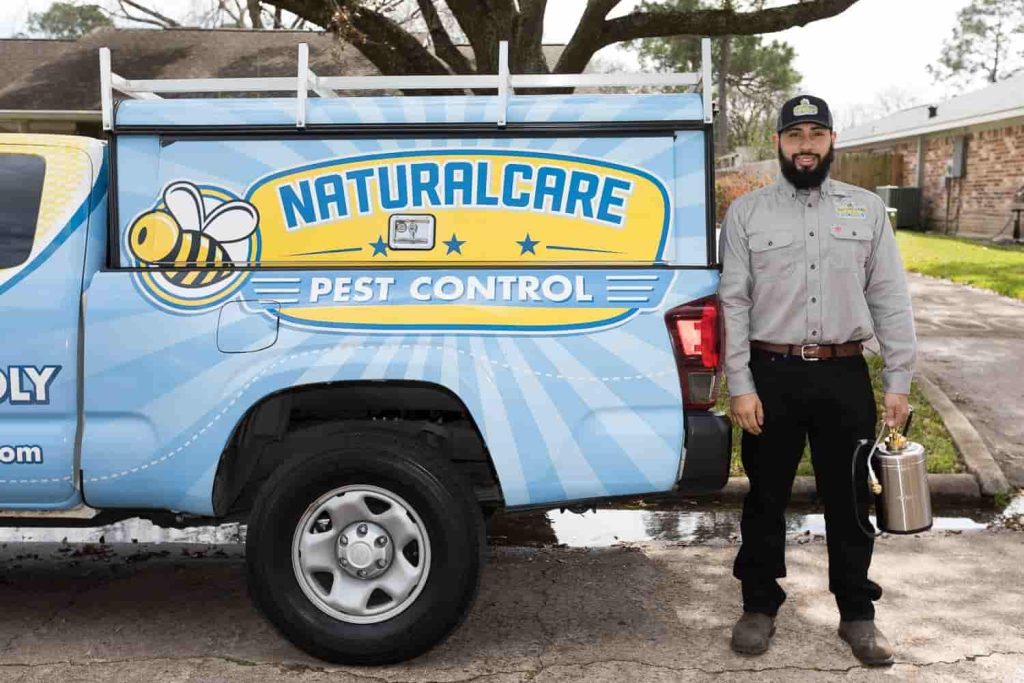
For comprehensive and effective pest management, call NaturalCare Pest Control. Our pest control Houston Texas team is dedicated to providing safe, eco-friendly solutions to keep your home pest-free. With our professional services, you can ensure that infestations are handled promptly and preventive measures are in place to protect your home from future pest problems.
Conclusion: Using Pest Control in Ceilings
Effective pest control in ceilings is essential for maintaining a healthy and safe home environment. Regular inspections, proper maintenance, and professional pest control services are key to preventing and managing pest infestations.
For more information and professional pest control services, contact NaturalCare Pest Control. Our team is dedicated to providing safe, effective, and eco-friendly pest management solutions to protect your home.
FAQs About Pest Control in Ceilings
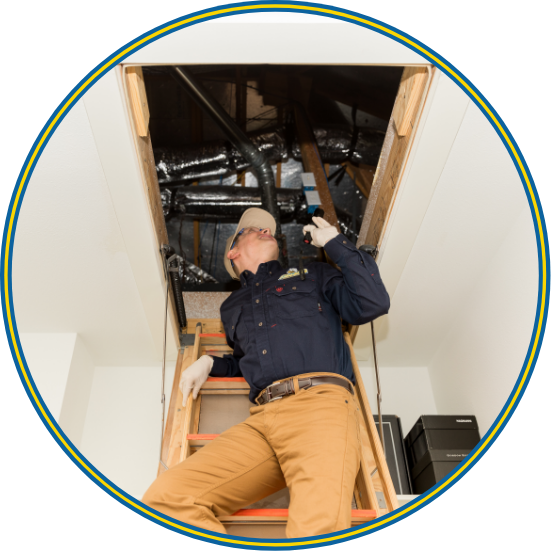
How to Get Rid of Rats in Ceiling Without Access?
If you can’t access your ceiling directly, use bait stations and traps around suspected entry points. Consider professional pest control for comprehensive solutions, as they have specialized tools and techniques to deal with inaccessible areas.
Why Do I Hear Scratching in My Walls at Night?
Hearing scratching in your walls at night typically indicates the presence of rodents like mice or rats. These nocturnal pests are most active at night as they search for food and nesting materials.
How Do Exterminators Get Rid of Mice in Walls?
Exterminators use a combination of traps, bait stations, and exclusion techniques to eliminate mice in walls. They may also employ tracking powders and specialized equipment to ensure thorough removal and prevent future infestations.
How to Get Rid of Rats in the Walls?
To get rid of rats in the walls, start by identifying and sealing entry points. Use traps and bait stations strategically placed along walls. For severe infestations, professional pest control services are recommended for effective eradication.
How to Get Rid of Mice in the Walls?
To eliminate mice in the walls, use snap traps and bait stations near areas of suspected activity. Seal all entry points to prevent re-entry. Regular monitoring and maintenance are essential to ensure complete eradication. For persistent problems, consult with professional pest control services.

